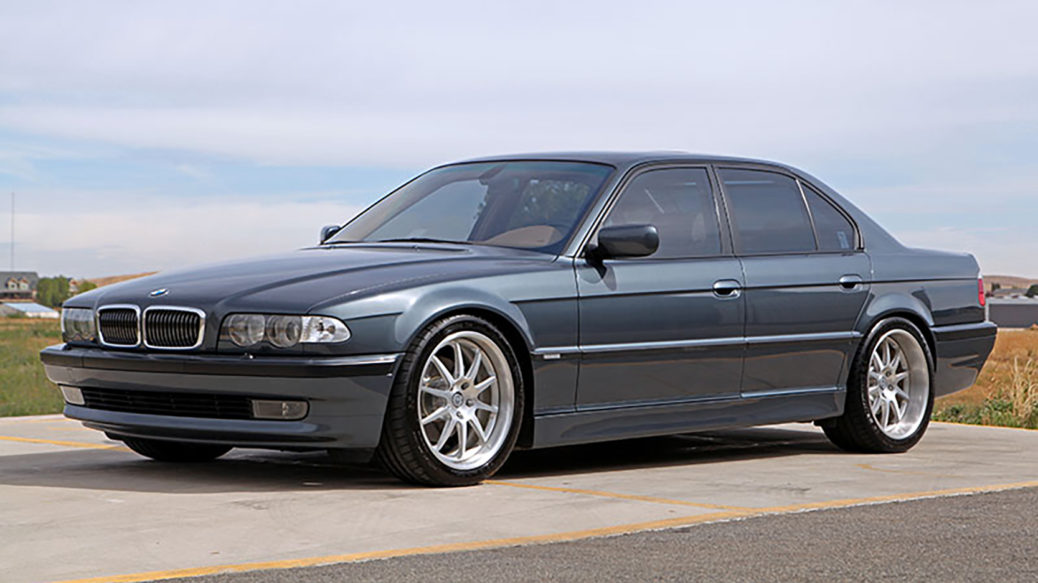It’s the third week in January, and we are deep in the throes of winter in Colorado. While it is dark and cold outside, it just doesn’t feel like winter down here on the flatlands at the base of the Rocky Mountains. Drought, fires, and unseasonably warm temperatures have me wishing that we would get a proper blizzard—perhaps North Carolina could spare one.
As I sit here in the darkness pondering such unusual matters, my mind drifts into memories of obscure and unusual BMWs that I’ve had—cars that lived outside of the typical motif of a Bavarian sports sedan. I’ve had the good fortune to experience a few outliers over the years, and I resurrected a few memories (along with a few cellphone pics) to take a high-level flyover of some of my favorites.
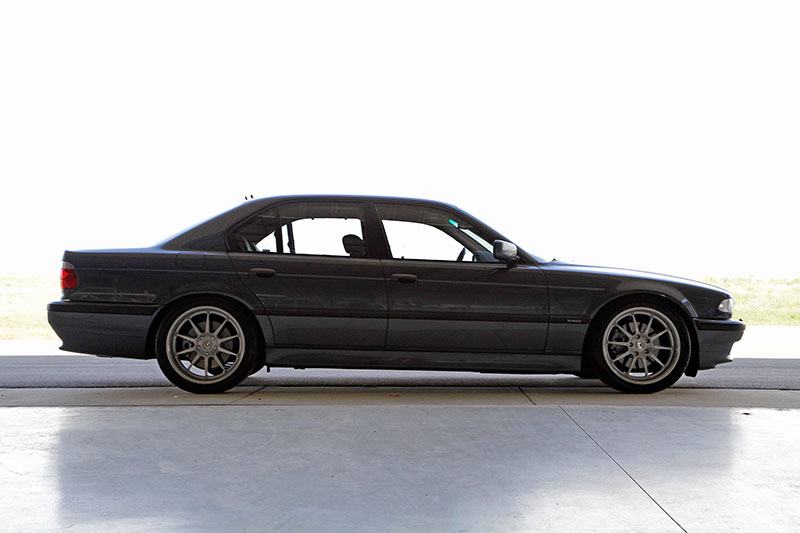
The BMW E38 740i M Sport is a masterpiece.
In June of 2015 I was flying my first trip back at work after recovering from a cervical spinal fusion. With an afternoon show-time, I was wandering the streets of Dallas, Texas, searching for caffeine, when the phone rang. It was an art dealer from Santa Fe, New Mexico, who had a BMW 7 Series that I might be interested in. As might be expected of an art dealer in Santa Fe, he was rather eccentric, and his car was no exception. He had taken as a blank canvas one of the finest BMWs ever made, a 2001 E38 740i M Sport—the Sporty Shorty—and created his own masterpiece.
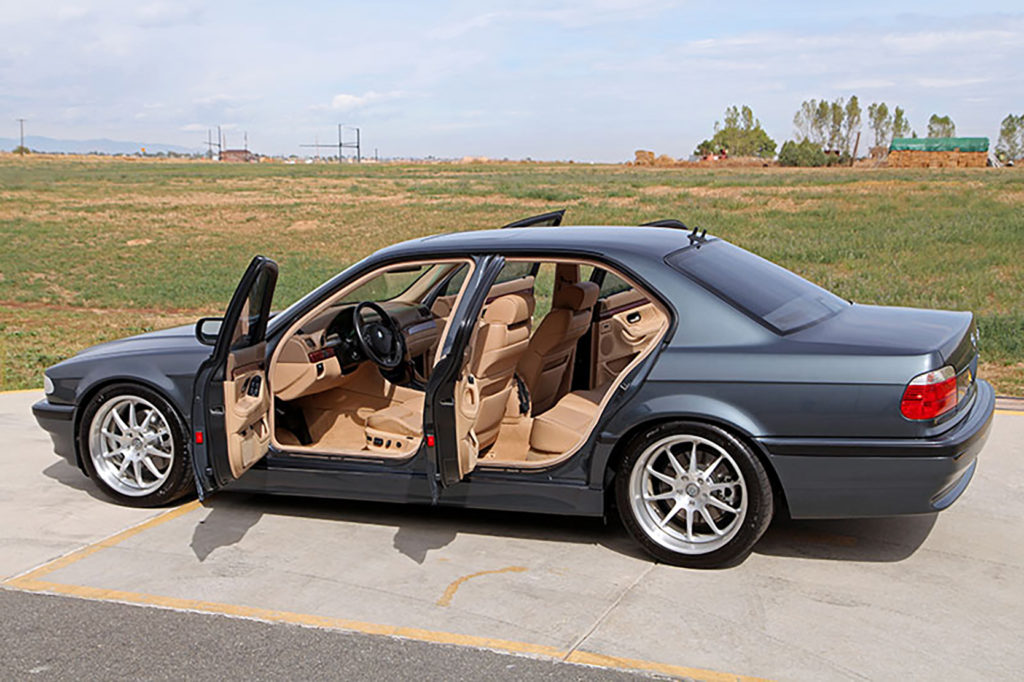
Anthracite over Sand Beige was one of the best color combinations of the E38 palette.
The Anthracite-over-Sand Beige M Sport had only 40,000 miles on it, making it the lowest-mileage used example I had ever seen. The M Parallels had been exchanged for HRE wheels; tastefully lowered coil-overs had been fitted to make them look correct under the E38’s elegant lines, and a VF Engineering supercharger had been mounted to the M62 engine to make them spin—vigorously. The end result was nothing less than a masterpiece, one of both form and function. I waxed poetic about that car to anyone who would listen, several of whom were officers of the law, who on two separate occasions issued only compliments despite my egregious transgressions.
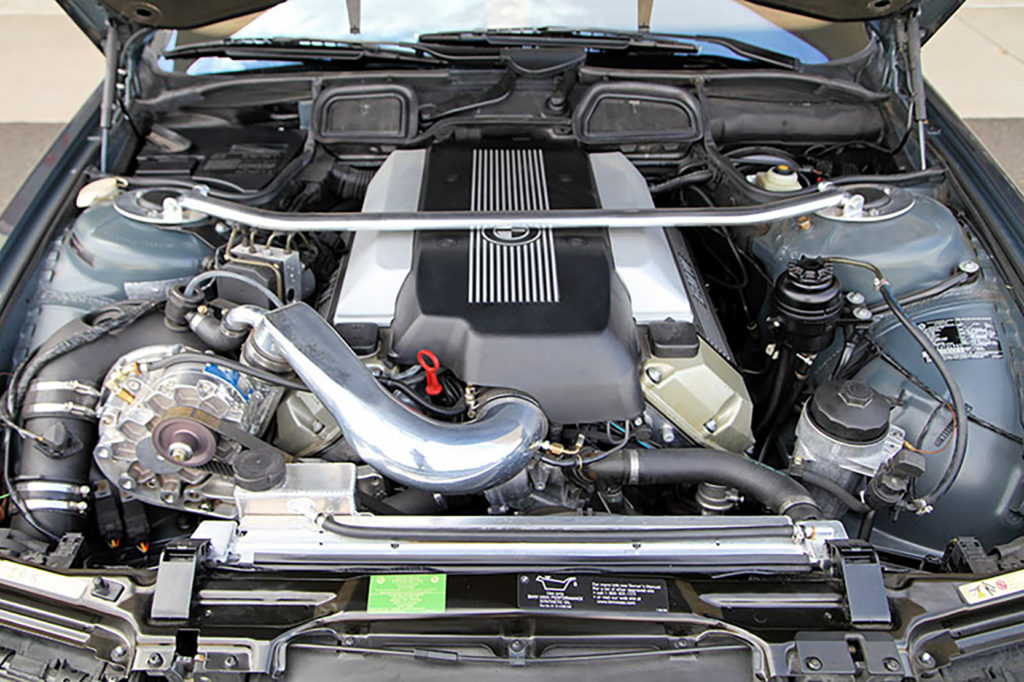
A VF Engineering supercharger was a fitting addition to turn the HRE wheels.
I sold that car for a measly twenty grand, having been few years ahead of the current market wave, and even managed to lose a few thousand post-sale thanks to a nefarious state inspection shop in Virginia that claimed it needed new control arms in order to pass inspection. In hindsight, I should have kept it forever, but few masterpieces are complete without a little tragedy in their story.

An Isetta in the corner always piques a visitor’s curiosity.
In the summer of 2020 the phone rang again; it was a guy who lived a mile from my house who had a fully electric 1970 Volkswagen Beetle. He mentioned that he had a few other cars that I might be interested in as well. Figuring it was worth the short drive (or slightly longer skateboard ride) over, I headed to the other side of the neighborhood to see what he had. Despite being several decades removed from a Tesla, the electric Beetle was hilariously entertaining, but the car that really caught my eye was a little red Isetta tucked away in the corner of the garage.
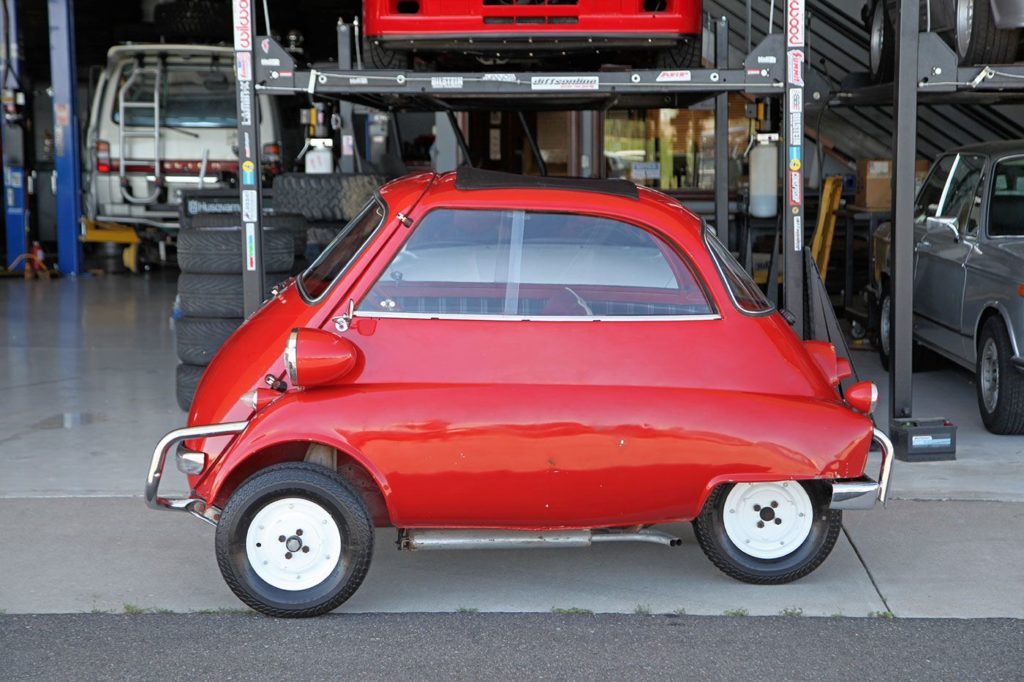
This Isetta was plain red, sans the normal white hood and roof.

The interior matched the exterior, with red and plaid upholstery.
Finished in red with a plaid interior, the 1957 Isetta 300 looked like a real-life cartoon car. I had to have it! We topped off its three-gallon gas tank, sprayed a little starting fluid in the carburetor, and the 298-cc engine coughed itself to life and soon settled into a nice idle. I opened the combination windshield/bonnet/front door and sat down. The steering wheel articulated into place in front of me as I latched the door—or at least thought I did. To my left was a tiny gear lever, and bendeath the steering wheel was a single gauge, the speedometer. Its circumference was outlined with red shift marks similar to those in a 2002.
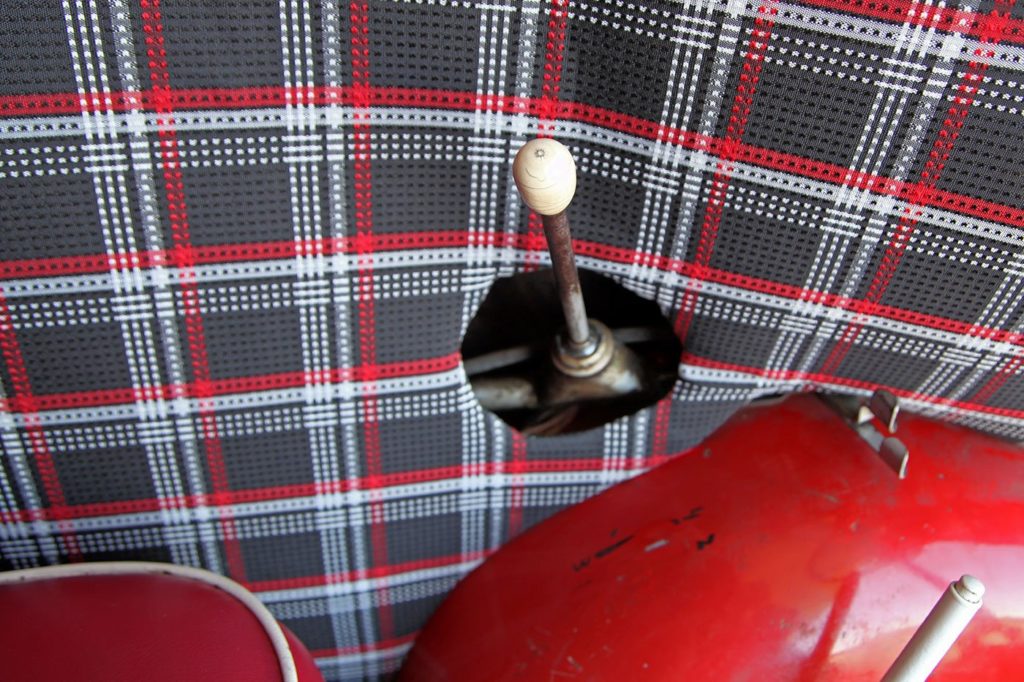
A tiny shifter controlled four forward gears, plus reverse.

The speedometer showed the shift points in red around the outer edge.
I set off, rowing through the gears up to just shy of the top speed of 50 mph, which was utterly terrifying. Even more terrifying is that when you drive an Isetta, everyone looks at you, and a person’s vehicular trajectory tends to follow their eyes. I sheepishly murmured, “Please don’t hit me!” on more than one occasion. On roads filled with massive SUVs, I felt like a miniature cattle dog in a herd of stampeding buffalo.
Then I went to stop—and the door sprang open. Normally this wouldn’t be an issue, but since this was an Isetta, the door took the steering wheel with it. The comedy of wrestling the steering wheel back from the door while trying not to be crushed by every other car on the road was enough to make several pedestrians laugh.
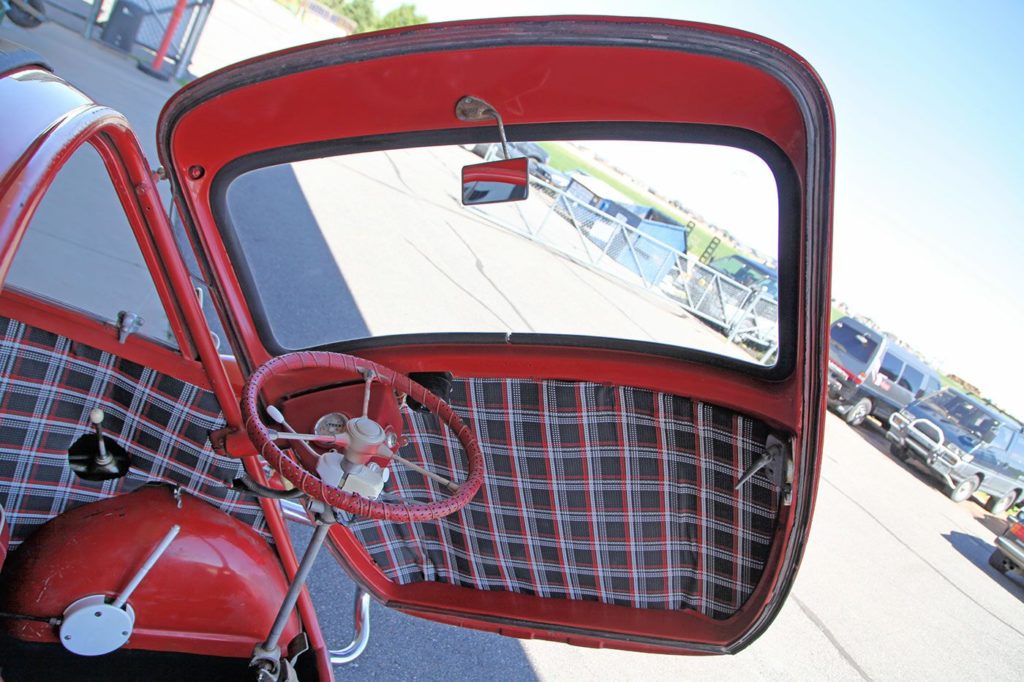
The steering wheel is connected to the door, which becomes a problem if the door opens in flight.
Despite the calamities on the test drive, I bought the Isetta and enjoyed it for a few months before a wholesaler bought it from me, painted a white stripe on it, and sold it for a bunch more than I had.

A wholesaler bought the Isetta, and sent a sufficient carrier for it.
I’ve had many wagons over the years, personally and professionally, but one of the most unusual was an M-Tech II E30 Touring that came from another eccentric soul in Santa Fe, New Mexico. He imported the UK-spec 1989 325i Touring, finished in Sterling Silver (a color more often found on an M3 than a regular E30). It was optioned with some rare bits from the factory: air conditioning, the 2.5-liter engine, and an automatic transmission. The M-Tech II kit was installed by the original dealer, who also installed secondary magnetic keyed door locks and etched all of the glass with the VIN number. As the nerdiest of E30 nerds, I simply had to have it.

An M-Tech II 325i Touring is a unicorn among unicorns.

Since it was right-hand-drive, I actually didn’t mind the automatic transmission, and an E30 Touring with functional factory air conditioning is as rare as the M-Tech II kit itself. It even had a functioning intensive cleaning system (headlight sprayers and wipers), which, like a BMW sunroof, is something that is best left untouched; it will work until the day that it doesn’t.
The M-Tech II kit added sleekness to the lines of the E30 Touring, which sat perfectly on fifteen-inch Euro-weave wheels. It drove as fantastically as it looked, being one of the tightest and smoothest E30s I’ve had. It sold to a kid in California for a fraction of what it would sell for today.
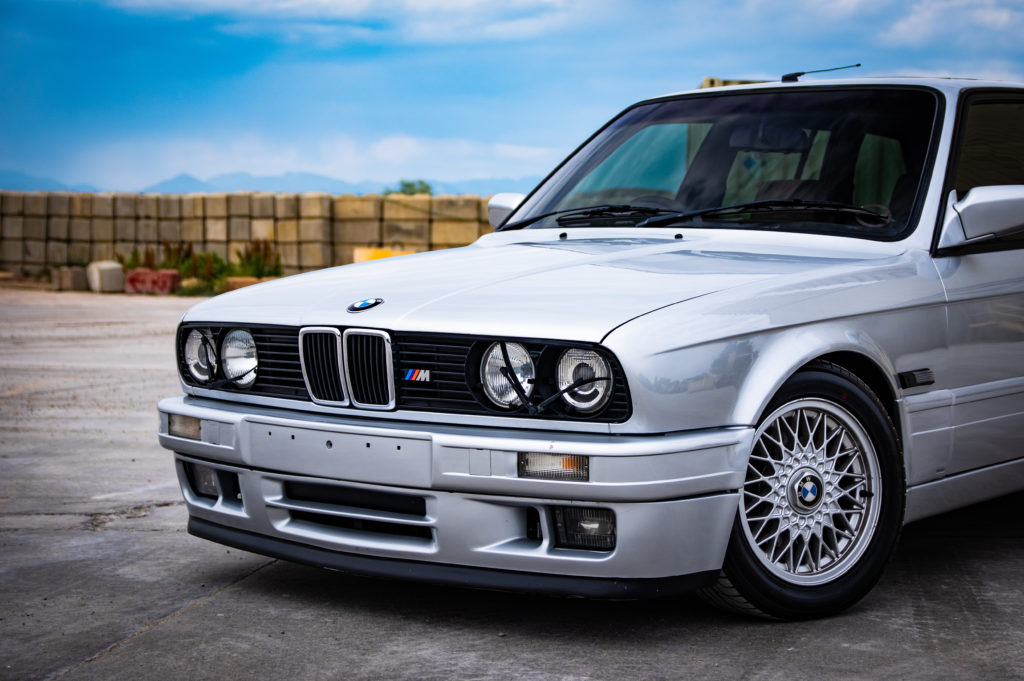
Functioning intensive cleaning headlight washers were another rare oddity.
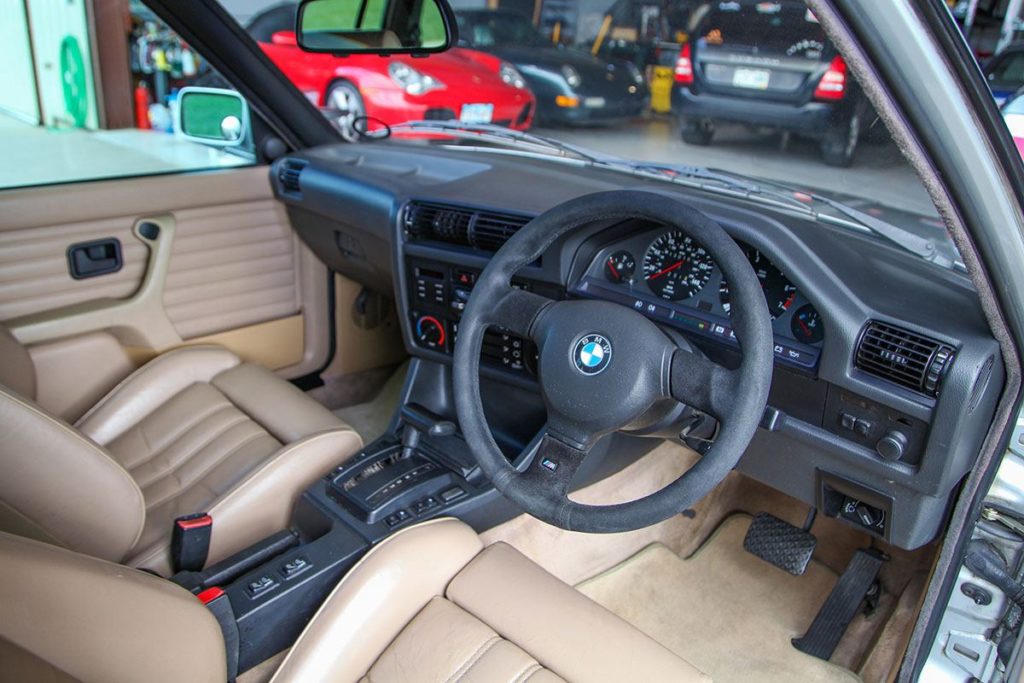
An automatic transmission makes less work of a driving a right-hand-drive car.
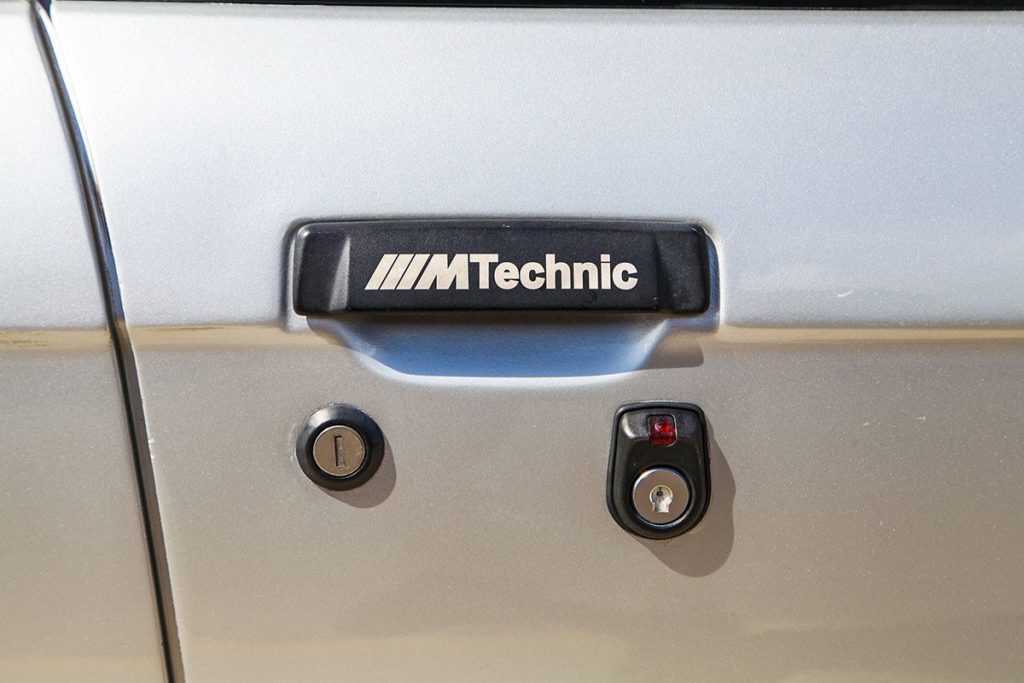
The dealer-fitted a magnetic secondary key, typical late-1980s UK automobile theft prevention.
Since then I’ve heard rumors of the 740i and the E30 M-Tech II Touring trading hands, and I have had dozens of people reach out to me asking to find them, but both have faded into obscurity. For all of my searching, I’ve come up with nothing more than legend and rumors. Perhaps that is the best way to remember some of the ones that got away.—Alex McCulloch
[Photos courtesy Peter Thompson, Alex McCulloch.]

